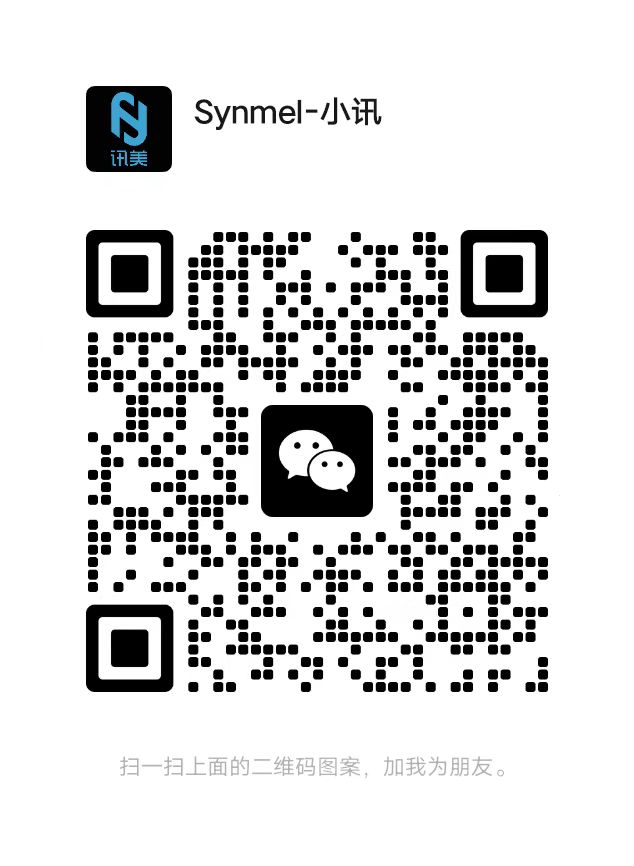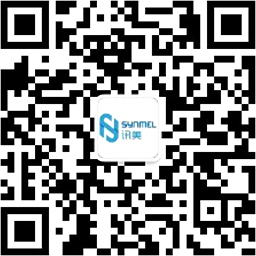- English
- Español
- Português
- русский
- Français
- 日本語
- Deutsch
- tiếng Việt
- Italiano
- Nederlands
- ภาษาไทย
- Polski
- 한국어
- Svenska
- magyar
- Malay
- বাংলা ভাষার
- Dansk
- Suomi
- हिन्दी
- Pilipino
- Türkçe
- Gaeilge
- العربية
- Indonesia
- Norsk
- تمل
- český
- ελληνικά
- український
- Javanese
- فارسی
- தமிழ்
- తెలుగు
- नेपाली
- Burmese
- български
- ລາວ
- Latine
- Қазақша
- Euskal
- Azərbaycan
- Slovenský jazyk
- Македонски
- Lietuvos
- Eesti Keel
- Română
- Slovenski
- मराठी
- Srpski језик
Which Electronic Article Surveillance Technology Is Your Best Defense against Shrink? AM, RF ?
2020-11-11
Retail crime remains one of the most serious threats facing the retail industry. Shrink, otherwise known as a reduction in inventory due to shoplifting, employee theft, or other errors, significantly impacts a retailer’s bottom line—to the tune of nearly $100 billion annually in direct losses worldwide. Regardless of where retail operations are located, shrink is a universal foe. That’s why retailers need to know what electronic article surveillance (EAS) technologies are in the tool box to win.
EAS is an important defense against the rise of casual and organized retail theft. Traditional approaches to help solve retailers’ shrink challenges include acousto-magnetic (AM) and radio-frequency (RF) technologies developed for EAS. Retailers are also leveraging radio-frequency identification (RFID) technology for loss prevention. When it comes to protecting the bottom line, retailers need to understand and overcome the complexities of implementing an EAS system optimized for their product range, store layouts, and business goals.
The strengths and weaknesses of each approach depends on its underlying technology, in particular on the frequency and frequency band used to detect anti-theft tags and labels. No single technology will meet the requirements of every retailer. But whether a retailer wants to implement traditional EAS or apply RFID technology to EAS, options are available for retailers to explore their benefits and limitations in order to decide which can best meet their loss prevention goals.
All EAS technologies rely on electronic communication between a controller (or reader) that sends an electromagnetic signal and a tag to which it responds. The range, noise immunity, ability to carry information, and resistance to countermeasures determine the effectiveness of a technology, and these factors all depend on the frequency used to create the link.
Acousto-magnetic technologies send out pulses at a low frequency of 58,000 cycles per second (58 kHz) in a tight band of just ± 600 Hz, or ± 1 percent. AM systems are “one-bit,” that is, detecting tags designed to resonate at this frequency but send no additional information.
Radio frequency technologies pulse at 8,200,000 Hz (8.2 MHz, more than 140 times the AM frequency). The frequency band is wider: ± 1MHz, or >12 percent. Like AM, RF detects only the presence of a resonating tag.
STOREFRONT
- Wide detection coverage; pedestals, concealed, or discreet options
- Highly immune to spurious signals common to store environments; fewer nuisance alarms
- Maximized floor selling space with minimal restrictions on placement of tagged merchandise
Radio Frequency (RF)
- Wide detection coverage; pedestals and discreet options
- Vulnerable to nuisance alarms caused by electrical interferences from common store sources
- Susceptible to interference from metal doors or edging; some reduction to selling space



